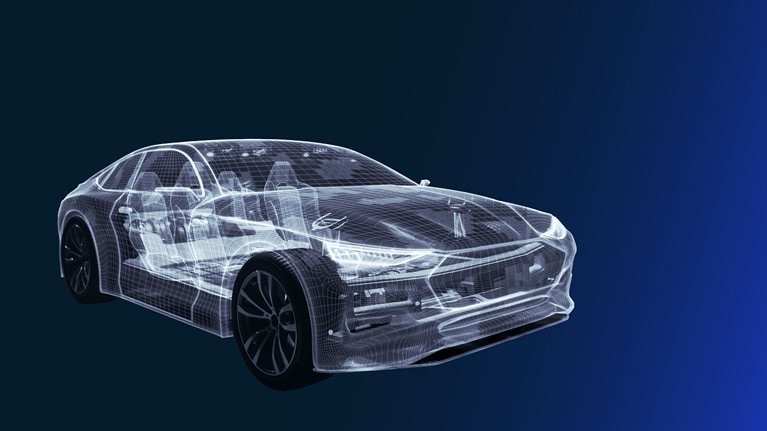As in many other industries, companies in the automotive aftermarket have been affected by forces such as technological transformation and digitalization. Broad developments, including the aging stock of vehicles on the road in Europe and new entrants, are also pushing the industry in new directions.
Programmatic M&A can be one important way to weather change and create substantial value.1 Our analysis of the automotive aftermarket revealed seven investment themes (areas to pursue to create value). Using these themes as a point of departure, we then surveyed 52 leading industry executives to gauge sentiment in the industry. The respondents came from European companies, but the insights from their responses are globally applicable.
Most respondents agree that the industry is likely to see even more M&A activity, mostly driven by strategic investors. They also expect the automotive aftermarket to grow. And while executives’ opinions on the most promising areas of investment vary according to their lines of business, most identified portfolio electrification, sustainability and the circular economy, and e-commerce as the most promising areas. Finally, the majority of respondents revealed that they want to conduct more M&A but do not have a clear strategy for doing so, showing a clear need for action.
We developed a set of questions to help companies in the automotive aftermarket zero in on an approach to M&A later in this article. The investigative process can be expansive, but the prize is clarity and value.
Five key findings
We surveyed 52 European executives from the sector about the seven M&A themes we uncovered in the course of our analysis (for more, see sidebar, “About the analysis”). Our five main survey findings are below.
The automotive aftermarket will likely grow
Most respondents expect the automotive aftermarket to grow (Exhibit 1).
However, growth is expected to slow down from 2025 to 2030 as electrification, autonomous driving, and new mobility concepts tamp down demand for aftermarket services.

M&A activity is predicted to increase
“As the traditional ICE [internal-combustion engine] business declines, players will have to seek out scale to be profitable or find new business areas to move into,” said an executive from e-commerce.
“Huge investments are necessary to cope with technological changes,” said an executive at an OEM. The respondent went on to say that those investments would only be possible through targeted M&A and selective partnerships.
Most interviewees seem to agree. More than 75 percent of executives we interviewed expect heightened M&A activity, and nearly 75 percent expect strategic investors to drive it (Exhibit 2).

About 37 percent of respondents expect significantly more M&A activity, defined as deal volume growth of greater than 10 percent per year. Respondents predict that companies with strengths in online distribution, parts manufacturing, and data and service provision will see the most M&A activity.
Electrification, sustainability, and e-commerce will drive the most M&A
When asked to identify the themes most likely to motivate M&A in the future, respondents highlighted electrifying the portfolio, doubling down on sustainability and the circular economy, and entering e-commerce and building capabilities.
Electrifying the portfolio came out on top as the theme most likely to drive M&A activity. This finding dovetails with one executive’s assessment that electric-vehicle (EV) adoption and vehicles that come with software will reshape the aftermarket business. Indeed, executives across the value chain expect industry participants to increasingly rely on M&A to configure their EV-related business models, expand their EV offerings, and strengthen their EV capabilities.
Market dynamics, technology advancements, and regulatory pressures are pushing the industry toward sustainability and the circular economy, which ranked second for respondents. Demand for green offerings and evolving regulatory requirements will make circularity more important. Just in time, companies in sustainability have been professionalizing, bolstering their capabilities and offerings.
Entering e-commerce and building those capabilities ranked third. This theme reflects the growth of online distribution channels and winner-take-all dynamics in e-commerce that create a need for scale. The e-commerce space also offers significant opportunities for intermediary players.
Relevance of M&A themes varies across players
Respondents in the same sectors of the automotive aftermarket tend to cluster around similar opinions.
When respondents ranked the seven investment themes according to their potential to drive M&A activity for the industry, electrification emerged as a top priority across sectors. However, e-commerce companies and repair shops put the most weight on the acceleration of online distribution. By comparison, parts manufacturers and data and services providers regard the scale-up of data-driven business models as critical investment themes (Exhibit 3).

Respondents also pointed to different lines of business within the aftermarket as sources of attractive M&A targets. For instance, OEMs and intermediaries found remanufacturing the most attractive part of the industry, citing escalating regulatory requirements related to remanufacturing, the circular economy, the still-moderate level of competition, and other factors. Wholesale distributors, meanwhile, think their own field is the most investable part of the automotive aftermarket because of the size of the market and the growth outlook.
Many want to drive value through M&A but don’t know how to approach it
We’ve observed that some industry participants either already have clear M&A strategies or are developing them. Most of the aftermarket executives we surveyed expect the importance and level of M&A in the sector to increase until 2030. More than 60 percent of respondents are considering investments, but only 13 percent have a clear M&A strategy or a list of targets to pursue for the next three years.
What to do in service of M&A goals
Aftermarket participants would ideally have a clear point of view of their midterm strategy, in which M&A is an important route to value creation.
From 2012 to 2022, more than half of the deals in the sector aligned with the theme “do the same, but bigger and better.” And while deals to connect and activate the ecosystem, which are focused on backward and forward integration, have become more common, decision makers in the automotive aftermarket can consider the other themes we identified if they can clearly and effectively answer eight questions:
- What is the company’s value-creation strategy, and how can this strategy maintain or strengthen the company’s position?
- What are the important white spaces (opportunities) and strategic control points (which provide protection from competition and customer- and supplier power), and how can the company access them?
- Knowing the white spaces and strategic control points, what is the corresponding M&A strategy that would allow the company to capture additional potential value?
- What are the most important M&A themes for the company and why?
- What are the possible targets?
- What kinds of pitfalls or risks does the company need to proactively manage?
- If the team knows what kind of deal it’s looking for, what’s a good example of this kind of deal, and why does it work well?
- How can the company and its partners orchestrate the end-to-end M&A process, particularly deal execution and value creation?
For companies without specific strategic plans for M&A, the seven themes we’ve identified—and the set of questions to guide their inquiry—could be a place to start. Opportunity waits for automotive aftermarket companies in Europe and beyond.

